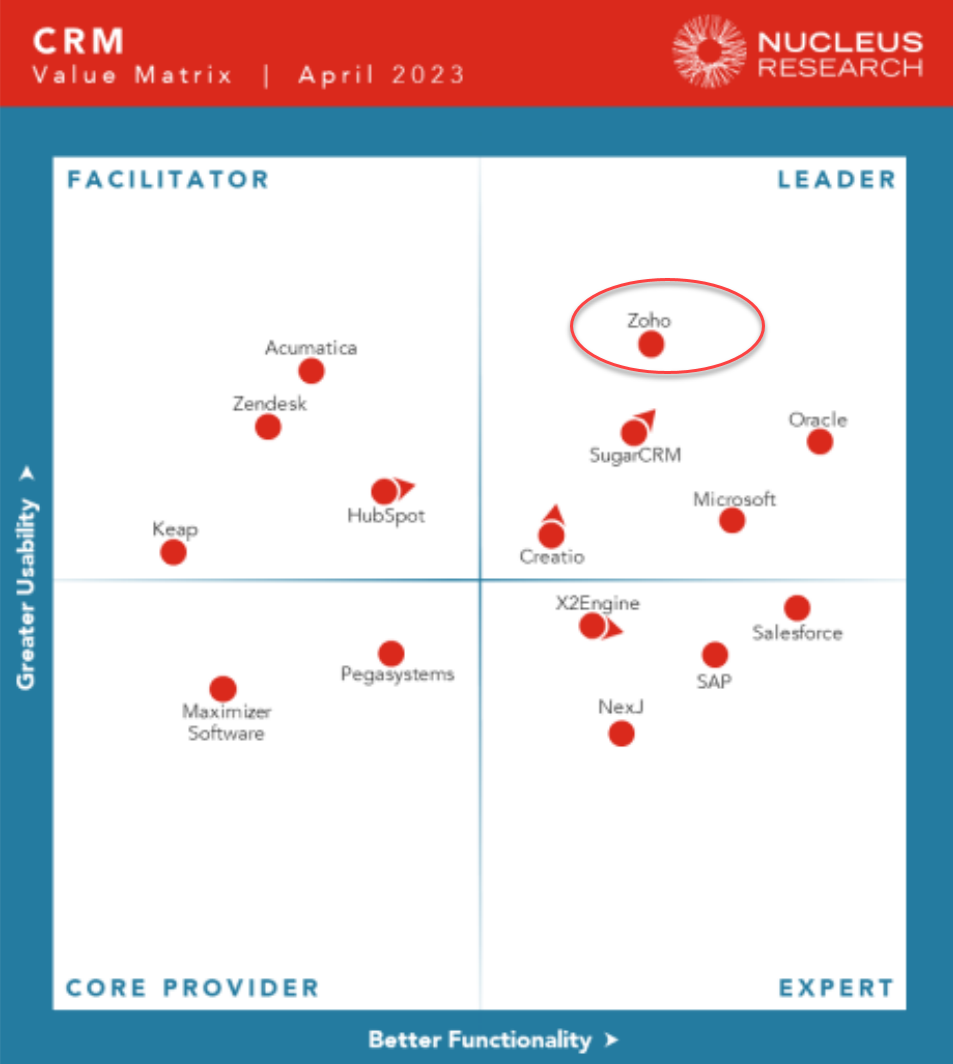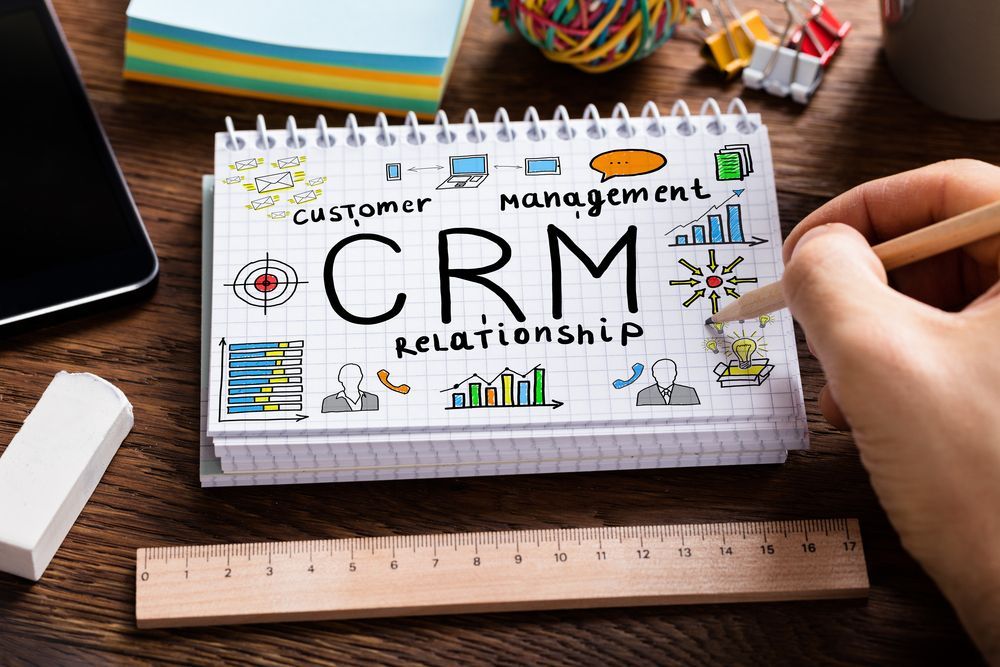Enhancing CRM User Adoption
Enhancing CRM User Adoption
A Blueprint for Success
Introduction
A new CRM (Customer Relationship Management) system can promise a world of possibilities – increased sales productivity, streamlined communication, better customer retention, and ultimately, an improved bottom line. Yet, it is reported that nearly 49% of CRM projects fail according to a study by Merkle Group Inc. The leading cause? User adoption. The best-designed CRM system can under-deliver if its users are not fully on board.
Particularly in the sales department, the CRM system can be a game-changer. This article aims to guide you on ways to enhance CRM user adoption, to ensure the full potential of the system is realized.
Training & Education
An old saying goes, "Tell me and I forget, teach me and I may remember, involve me and I learn." Training sessions must be interactive, hands-on, and tailored to the needs of each user group. For sales teams, focusing on how the CRM can streamline their daily tasks, manage customer relationships, and ultimately, help them close deals faster can be the winning ticket.
Champion Advocates
Appointing 'Champion Advocates' from different departments, especially from the sales team, can accelerate user adoption. These champions should be CRM enthusiasts, with the capacity to motivate others and propagate the benefits of the system.
Personalized Interface
Every team has unique requirements. Personalizing the CRM interface to suit individual needs can significantly improve the user experience. A salesperson might prefer to see lead status, opportunity values, and pending tasks on their dashboard, while a customer service agent may need access to service requests and customer history. This tailored experience can drive user adoption.
Mobile Access
Salesforce reports that mobile CRM apps can boost productivity by 14.6%. Sales reps are often on the go, and a CRM system that offers mobile access can facilitate real-time data entry and access to critical client information anytime, anywhere.
Consistent Feedback & Improvement
Setting up a regular feedback loop with your users can identify any hitches they are facing and work towards resolving them. This two-way communication can also instill a sense of ownership amongst the users, thereby boosting their commitment to the system.
Gamification
A study by Aberdeen Group found that sales teams using gamification are 50% more likely to achieve their sales quotas. Leaderboards, badges, and rewards can tap into the competitive spirit of sales reps, encouraging them to engage more with the CRM.
User Support
Even with the best training, questions and issues will arise. Quick and efficient user support can help mitigate any frustration, reduce system rejection, and improve user satisfaction.
Data Quality
A CRM system is only as good as the data it houses. Ensuring data quality and integrity is vital for the system's usefulness. Encouraging users to enter complete, accurate data can make the CRM a reliable and essential tool for sales reps.
Change Management
According to Prosci, projects with excellent change management effectiveness are six times more likely to meet objectives. Gradual roll-outs, regular communications, and focusing on the 'why' behind the change can enhance user acceptance and adoption.
Conclusion
While CRM adoption may seem like a steep hill to climb, with proper planning and execution, it can become a part of your organization's fabric. Remember, your CRM system is more than just a software; it's a tool to enhance relationships with your customers. A CRM system that is fully embraced by its users can open doors to unlimited possibilities.
Purchasing a CRM system is a significant investment. Ensuring a high user adoption rate can guarantee this investment yields the intended return. This user-centric approach to CRM adoption can ensure your sales team views the CRM as an ally, rather than a challenge, ultimately improving your company's efficiency, productivity, and success.












